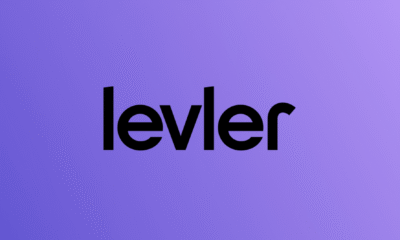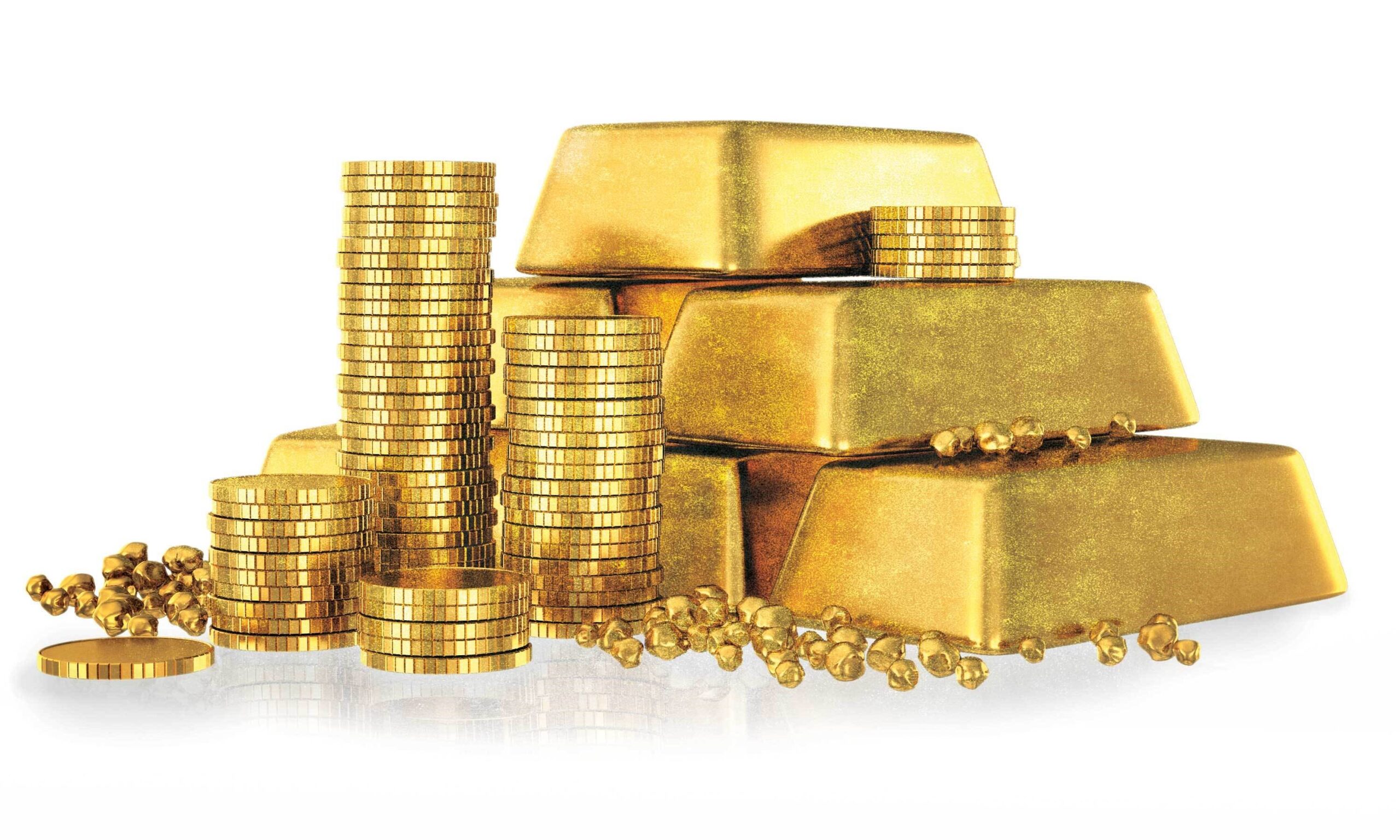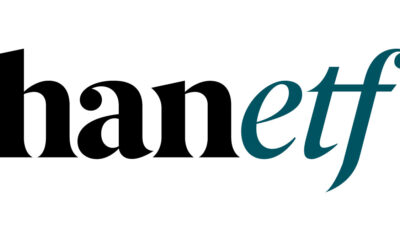Guld är en säker hamn för investerare i turbulenta tider. Guldprodukter attraherar rekordnivåer av investeringar och experter är optimistiska till denna råvara.
Investerare säkrar sina satsningar på guld som en investering. Det verkar som om när Covid-19 pandemin träffar aktiemarknaderna och oljepriserna sjunker och staplas till guldprodukter på marknaden eftersom experter också är optimistiska till råvaran.
Tre produkter som investerar i guld har rapporterat rekordhöga investeringsnivåer och nått sina finansieringsmål i förväg.
Royal Mint Physical Gold Securities ETC (RMAU) – vars lansering rapporterades av What Investment, Gold Exchange Traded Commodity från Royal Mint från ETF-specialisten HANetf har nått en förvaltad voly om 200 MUSD bara några veckor efter lanseringen och blivit en av de snabbast växande guldbackad ETCerna i Europa. RMAU har haft en tillväxt på 30,46% sedan notering på London Stock Exchange i februari 2020.
RMAU är den första ekonomiskt listade produkten som stöds av The Royal Mint och den första fysiska guldbaserade ETC som lanserades i samarbete med ett europeisk myntverk.
Det fysiska guldet som är associerat med RMAU hålls i Royal Mint’s specialbyggda valv. De flesta andra guld-ETC förvarar sitt guld hos affärsbanker, så leverantörerna säger att RMAU erbjuder ett attraktivt alternativ till investerare som vill diversifiera sina förvaringsarrangemang.
Andrew Dickey, divisionsdirektör för ädelmetaller på The Royal Mint sa: ”Vi har haft ett stort intresse för RMAU, liksom våra andra investeringsprodukter för ädelmetaller, eftersom investerare väljer att fördela mer säkra tillflyktstillgångar, som guld , till deras portföljer. Guld har traditionellt presterat bra under tider med ekonomisk volatilitet och ETC ger kunderna ett särskilt effektivt sätt att investera i ädelmetallen. Investerare har också uttryckt en tillförsikt i det faktum att RMAU stöds av äkta, fysiskt guld som förvaras hos oss på The Royal Mint. ”
Hector McNeil, medgrundare och vd på HANetf sa: ”Ökat intresse för guld är ingen överraskning med tanke på de många risker som har uppstått hittills 2020. Även om det finns många alternativ för investerare som vill köpa guld, så ger RMAU ett distinkt och attraktivt alternativ. Investerare är också säkra i vetskapen om att deras guld finns i The Royal Mint’s specialbyggda valv i Wales, en av landets säkraste platser och bevakad 24/7. Dessutom är RMAU det enda fysiska guld-ETC som har 100% stöd av guld certifierat av LBMA-ansvariga inköpsprogram, vilket innebär att investerare kan fortsätta att uppfylla ESG-målen samtidigt som de ökar skyddet mot sin portfölj. ”
RMAU ETC är prissatt till 0,22% per år.

Invescos Physical Gold Exchange Traded Commodity (ETC) nådde 10 miljarder US-dollar i tillgångar för första gången i sin 10-åriga historia, efter rekordflöden till produkten under första kvartalet 2020. ETC har vuxit 40% i termer av värdet på dess tillgångar, eller 30% utan att ta hänsyn till höjningen av guldpriset sedan årets början.
Historiskt har fonden gjort anspråk på låga spreadar (vanligtvis mellan 2-3 punkter) och säger att i mars, när guldmarknaden kom under allvarlig stress på grund av global rädsla för leverantörskedjan, förblev spreadarna på ETC stramare och stabilare konkurrenter.
ETC är utformad för att replikera guldprisets prestanda minus årsavgiften. Investeringar används för att köpa fysiska guldstänger, som hålls på ett tilldelat konto och lagras säkert i Londons valv av J.P.Morgan Chase Bank.
Chris Mellor, chef för ETF: s kapital- och råvaruprodukthantering på Invesco, säger: ”Investerare använder ETC för att fördela guld på grund av sin likviditet och låga kostnader – även i en tid med onormal marknadsstress, rekordspread och när traditionell fysisk handel rutter och infrastrukturer begränsas eller till och med stängs. Faktum är att ETC har klarat kvartalet extremt bra och levererat exceptionellt värde för investerare i en tid med djup volatilitet och marknadsstörningar.
”Guld har visat sig vara en säkrare värdebevarare under den senaste tidens oroligheter än de flesta andra tillgångar, och efterfrågan från investerare har fortsatt att växa. Vi förväntar oss att denna efterfrågan kommer att fortsätta inom överskådlig framtid när investerare försöker utnyttja fördelarna med ETC för att balansera portföljer och återspegla marknadsmiljön. ”
Guld har inte varit immun mot prisfluktuationer: i slutet av februari föll guld från £ 1 308,73 per uns till 1 226,34 £ – en nedgång på 6,29%. Men på måndagen den 7 april steg priset från £ 1324 till £ 1 367 en uns, en ökning med 3%.

Joe Foster, portföljförvaltare och strateg på VanEck Investments är optimistisk för guld och säger att mycket av marknadsrörelsen i guldpriserna är relativt lätt att förklara, medan guldföretag fortsätter att visa verkligt övertygande grundläggande värderingar. Det finns två skäl till varför guld har varit under press för sent säger han:
- Avveckling av säkrade positioner i riskparitet och andra volatilitetsmodellfonder – Guld-, råvaru- och ränteplaceringar används vanligtvis i riskparitetsmodeller (baserat på deras underliggande volatilitet i förhållande till aktier), så betydande likvidationer i dessa fonder har lett till en stor tvångsförsäljning av dessa tillgångar.
- Likvidationer för att samla in pengar – Att sälja för att möta marginalanrop och samla in kontanter för att täcka aktiemarknadsförluster, särskilt bland hävstångsfonder, är vanligt vid marknadsförsäljningar.
Foster tror att guld/guldaktier tenderar att återhämta sig snabbare än de bredare marknaderna efter kriser.
”Mer nyligen, under finanskrisen 2008, nådde guld- och guldaktierna botten och återhämtade sig mycket tidigare än S&P 500 – återvinnande förluster vid / omkring den tid då S&P nådde sina lägsta nivåer i februari / mars 2009,” säger Foster. ”S&P 500 tog nästan två år att nå sina nivåer före krisen igen.
”Om man tittar på andra tidigare marknadsförsäljningar har guld hållit sig särskilt bra medan guldaktier – även om de ofta följer den bredare aktiemarknaden genom en dragning – i stort sett har överträffat under hela cykeln, dvs neddragning till återhämtning.”
Foster drar slutsatsen att guldstocken i allmänhet är i grundläggande god form.
”Vi förväntar oss inga kreditproblem, medan företagens längd för att minska kostnader och investeringar och för att undvika tidigare misstag skulle kunna leda till ytterligare en ökning av nästan 40% av det fria kassaflödet i genomsnitt för en guldprisrörelse från 1 600 dollar till 1 800 dollar (för äldre och mellanliggande nivåer). ”

 Nyheter3 veckor sedan
Nyheter3 veckor sedan
 Nyheter4 veckor sedan
Nyheter4 veckor sedan
 Nyheter4 veckor sedan
Nyheter4 veckor sedan
 Nyheter3 veckor sedan
Nyheter3 veckor sedan
 Nyheter2 veckor sedan
Nyheter2 veckor sedan
 Nyheter3 veckor sedan
Nyheter3 veckor sedan
 Nyheter4 veckor sedan
Nyheter4 veckor sedan
 Nyheter4 veckor sedan
Nyheter4 veckor sedan














![HANetf ändrar indexet för Future of European Defence UCITS ETF (ticker: 8RMY) för att klassificera den som SFDR Artikel 8, vilket ger exponering mot försvar. [1]](https://media.etfmarknaden.se/2025/10/8RMY-ETF.jpg)



![HANetf ändrar indexet för Future of European Defence UCITS ETF (ticker: 8RMY) för att klassificera den som SFDR Artikel 8, vilket ger exponering mot försvar. [1]](https://media.etfmarknaden.se/2025/10/8RMY-ETF-80x80.jpg)


